The University of Oxford and the City of Dreaming Spires
Article about Oxford to support senior couples and mature solo travellers on a small group tour exploring England, including Oxford.
6 Sep 21 · 12 mins read
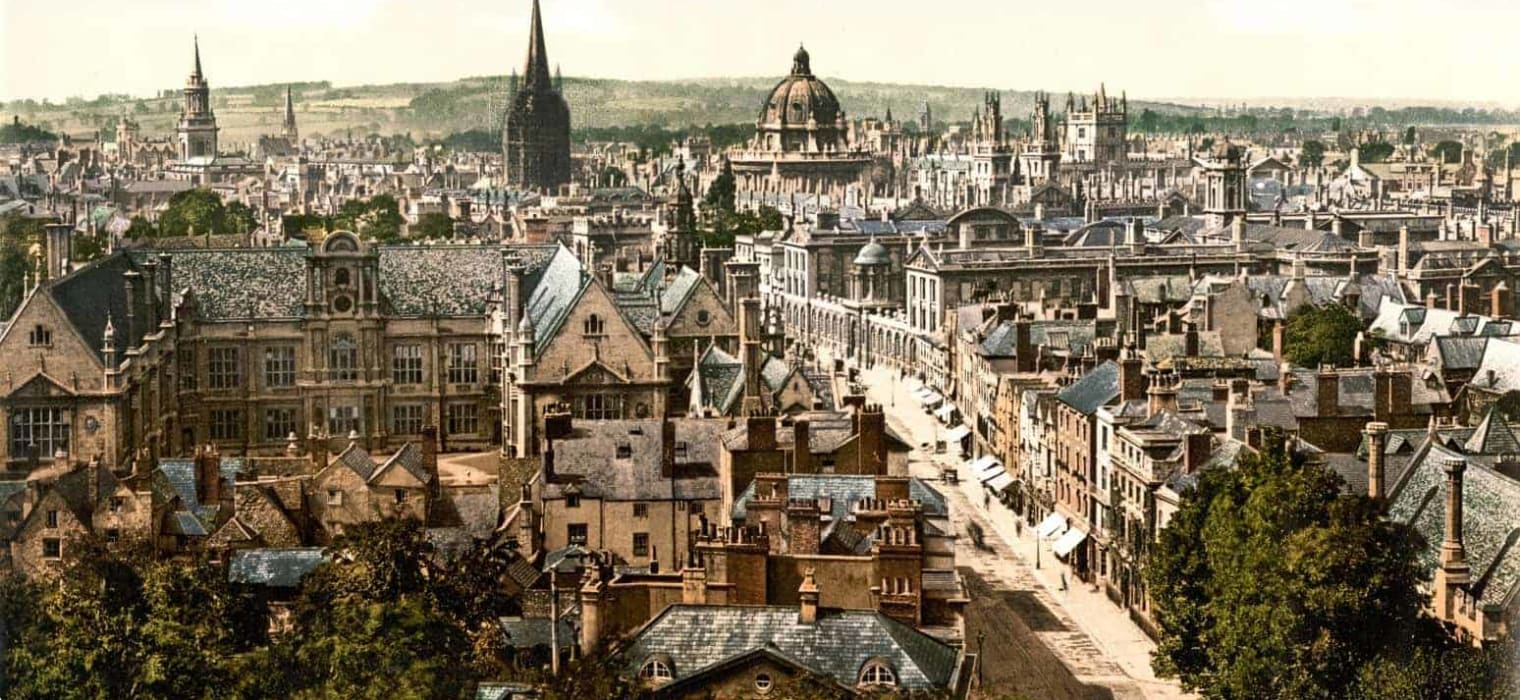
The University of Oxford and the City of Dreaming Spires
Just a short drive or train ride from London, you’ll find the charming city of Oxford. It is only home to around 200,000 people but it is one of the famous cities in the world thanks to its defining and most recognisable feature, the prestigious University of Oxford. The university is one of the most renowned academic institutions in the world and the oldest in the Anglo-sphere. With 800 or so years of history, the university has not only shaped the city Oxford but has become a significant part of the fabric of English history, enduring through times of social upheaval and great change. The ornate architecture associated with the university has seen Oxford be described as ‘the city of dreaming spires’ and it is impossible not to get lost in the beauty of the city and its colleges.
In this article we will discover the history of the University of Oxford, how it came to be the institution it is today and learn more about life at the university and some of the most notable alumni. This article is inspired in part by Laurence Brockliss’ book The University of Oxford: A Brief History.
This is part of our collection of England-related articles that we share to provide useful background information before you go on an England tour with us, or to simply help you as you firm up your travel plans. Articles from this collection can be found here.
Medieval Beginnings
It is difficult to determine the exact date for when the University of Oxford was founded but it is known the some form of teaching was taking place by 1096. At this time, a wandering Frenchman by the name Theobald of Etampes set up a school of philosophy in the town. It seems Theobald’s school inspired others and soon more teachers were conducting lessons with evidence indicating that there were multiple schools in the area by the early 12th century.
Students travelled to Oxford to hear lectures in theology, philosophy and law. In 1167, Henry II banned English students from attending the University of Paris (which had been established in 1150). This led to a surge in the number of students attending Oxford for education but the group of schools still had no collective identity.
The Hanging of the Clerks
This all changed with a terrible scandal. A passage written in the 1220s relays the story. It contends that in 1209, a clerk (or student) studying liberal arts killed a woman accidentally (some theorise she was his mistress). Upon discovering that she was dead, he fled Oxford. The mayor of the city and other townsfolk who found the dead woman began to search for the killer, eventually heading to his house where he lived with three of students. When they realised he had fled, they instead imprisoned his three friends even though they denied any knowledge of the incident. Three days later, by order of the King of the English, they were hanged outside the city. This violent episode caused quite the furore in Oxford and some three thousand masters and pupils who studied there (according to the passage) left the city, with many making their way to Cambridge to study.
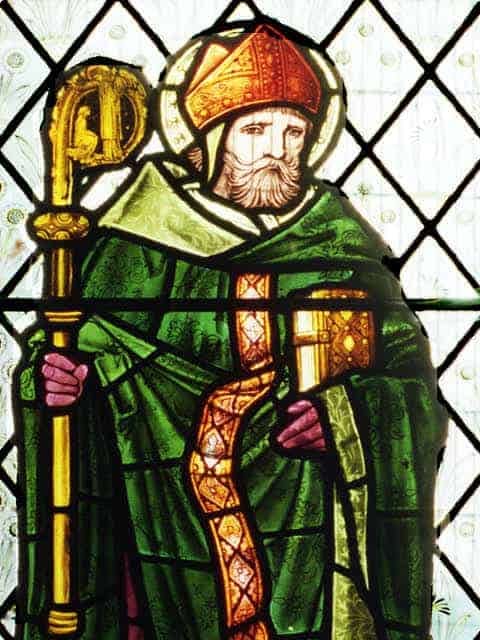
However, before this great diaspora of students, the schools had been an important source of wealth for the region and their departure had a notable effect on the city. Eventually some terms were arranged to resolve the dispute, with the students invited back to Oxford in 1214. With their return and the legal terms drawn up, the masters and pupils had a collective and independent identity for the first time. As Brockliss describes, ‘they were to be given immunity from lay jurisdiction, and their representatives were to have a say in fixing the cost of rents and food’ (p. 15). By 1231, the Oxford schools were recognised as a universitas (Latin for corporation), a title that only two other schools in Europe had at the time – the University of Paris and the University of Bologna. Given these were both located in thriving cities, it was a triumph that a group of schools in the ‘provincial backwater’ should attain such dignity.
The Town vs Gown Riots
Although the students had returned to Oxford, the tension between the students (gowns) and the townspeople (town) continued to simmer. Initially, students had lodged with the townspeople but as the relationship between the two groups worsened, the first colleges were founded. These began as medieval ‘halls of residence’ for students and would be supervised by a Master. The first colleges, Balliol and Merton, were established in 1249 and 1264 respectively and are still active today.
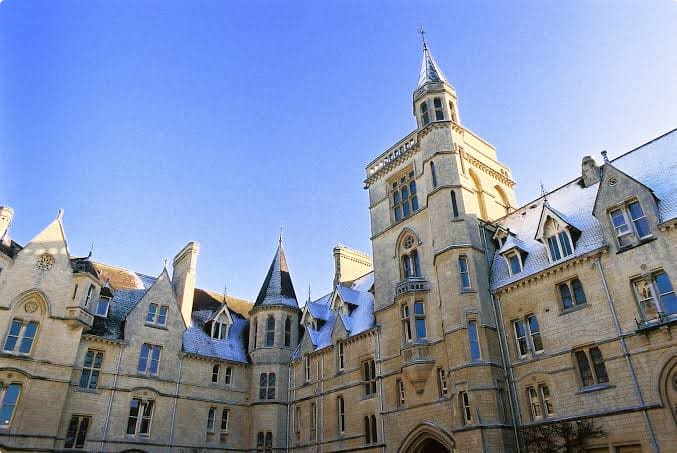
Throughout the mid-late 13th century, town-gown riots were frequent but often ended with the university being granted more rights. After a particularly vigorous fight between the groups in 1355, King Edward III issued a charter which gave the chancellor of the university a significant amount of power over the town. After this, the riots settled down.
By the end of the 13th century, the university was beginning to achieve eminence over other learning institutions and received praise on the behalf of popes and kings in regards to its curriculum and doctrine. From around 1410, all students and masters were required to live in a college and by the 1530s the colleges moved from the edges of the university to its heart.
The Protestant Reformation and its Aftermath
The Protestant Reformation refers to the religious, political, culture and intellectual upheaval of the 16th-century that ruptured Catholic Europe. In England, Queen Elizabeth I, who became queen in 1558, ruled as a Protestant and attempted to convert the country while her sister Mary, Queen of Scots, ruled as a Catholic. Initially, as England became religiously divided, the University of Oxford largely supported the old church. However by the 1570s this had changed significantly and in 1581 the university passed a statute that declared those coming to study there must swear the queen was the head of the reformed church and that the Thirty-Nine Articles, the historically defining statements of doctrines of the Church of England, were a true statement of faith. With this, the University of Oxford became a confessional university, which meant only those who were willing to subscribe to Anglicanism could attend. It remained this way until 1854.
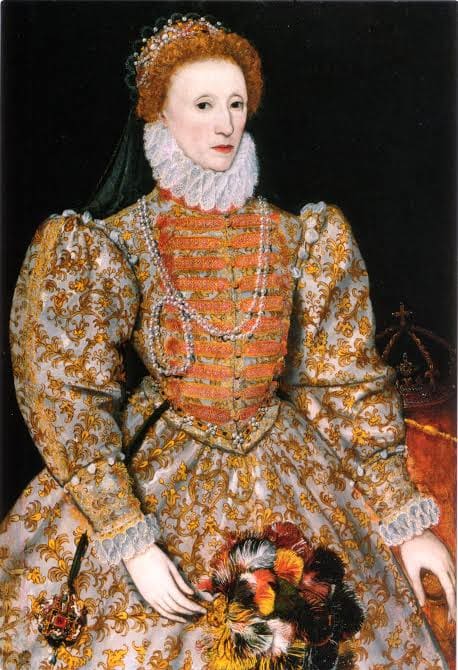
The Reformation changed the way the university was run. The organisation and orthodoxy of England’s two universities (Oxford and Cambridge) were a direct concern of the new monarch. With this, the state became heavily involved in the university’s life, making sure to quash any religious disobedience and ensure oaths of loyalty. For this reason, many of the masters’ powers were diminished.
Like its medieval incarnation, the university during this time was still considered a means of providing the church with an educated clergy. However, from the mid-16th century, it became accepted that it was just as important for laymen to have knowledge of literature, philosophy and rhetoric as it was clergy. New students seeking professions outside of being a cleric began to attend the university but the spike in students did not last long and by the late-17th century numbers began to drop. After the Civil War, Oxford was essentially reduced to an undergraduate university, failing to return to its heyday of the 1630s. Although, Oxford did still have an international reputation and many were drawn to its magnificent libraries. Bodleian Library, which continues to be the main research library of the University of Oxford, housed over 250,000 books by 1850 and many rare manuscripts.
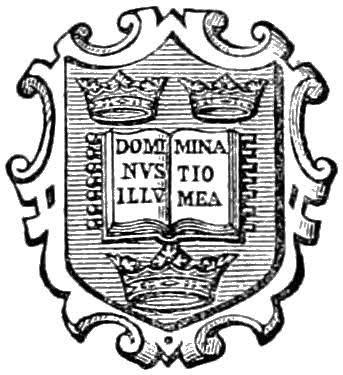
Despite the drop in the number of students during this time and Oxford’s potentially dwindling reputation, the university kept its name alive through its university press, established in 1586. The Oxford University Press gave scholars the opportunity to publish their work and gain a much wider readership. The existence of the press gave Oxford an edge over Cambridge, which was suffering the same fate as Oxford during this time. As Brockliss writes, ‘it too lacked scholars of substance…and relied on its majestic libraries to keep it in the limelight. Unlike Oxford, however, this was all there was: Cambridge had no vibrant press to mask its intellectual weakness’ (p. 73). Today, the Oxford University Press remains one of the largest and most prestigious university publishers in the world.

One of the ways Oxford may have shaped your life, if you’re an English speaker, is through language. In 1857, the Oxford University Press began the task of publishing an English-language dictionary. After four years working on this project, James Murray, the lexicographer in charge, and his colleagues had only got as far as the word ant. It was evidently a slow and arduous process but it was ultimately incredibly successful. The Oxford English Dictionary became an authoritative text on the English language and is still distributed in schools all across England.
Beyond a Confessional University
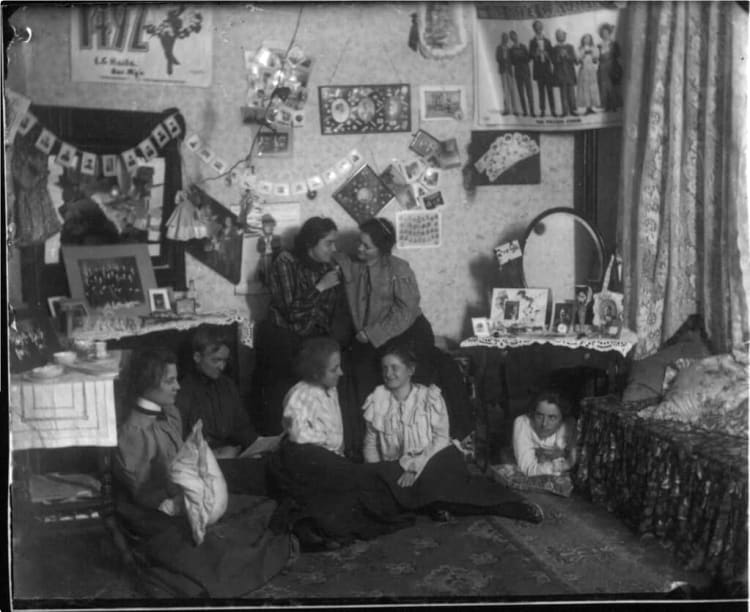
Female students in their dormitory, around 1900As mentioned, for the first half of the nineteenth century, Oxford remained a confessional university with a narrow curriculum that mainly served the monarchy and the Church of England. However, by the mid-nineteenth century, more and more universities were popping up which meant that Oxford faced competition in the university marketplace. Edinburgh University in Scotland was gaining recognition for its teachings in medicine, for example. It soon became clear that Oxford was going to have to think seriously about making improvements to its curriculum if it was going to survive this new era.
Arrangements were made to expand Oxford’s curriculum and by 1940, there were many new schools added including Modern History, Jurisprudence, Oriental Languages and Geography. Students still had to show a proficiency in Latin to be admitted to the University by from 1886, students could avoid taking a course in Classics, something that was previously mandatory. In 1871, legislation was passed that ended the requirement of students needing to be Anglican.
During this time, another important change was happening. Universities had previously been an exclusively male domain but across the Western world women were agitating for the opportunity to access tertiary education as well. In 1878, Elizabeth Wordsworth, the great-niece of the poet William Wordsworth, opened the Lady Margaret Hall for women who were members of the Church of England and later that year Somerville Hall was founded as an nondenominational female academic hall. At first, women were not able to obtain a degree (although they could still sit exams) but in 1920 they were granted full membership to the University. However, it was not until 1974 that five all-male colleges began admitting women and since 2008, all colleges now admit both men and women.
Although Oxford attracted criticism from other ‘new’ universities for privileging classical literature and philosophy above more practical pursuits, one way in which Oxford education was considered particularly valuable was the university’s teaching style. Rather than just relying on lectures, students at Oxford at personal college tutors who not only offered guidance but also set tasks for students to complete and would comment on their work in progress. From the 1880s this tutorial style of teaching, as well as competitive sporting teams, drew students from all over the world to the university’s halls. In 1902, the Rhodes Scholarship Scheme was established and this saw a surge of 161 students from the empire, Germany and the USA coming to study at the university.
Towards a World University

By 1939, Oxford had cemented its place as one of the two top universities in Britain and was considered a prestigious university by all means. However, by this time it was no longer enough for a university to be a centre of quality teaching. The greatest universities should also be making a significant contribution to research. In 1914, it was still not possible to do a research doctorate at the university and only a few postgraduate options were available. Lord George Curzon, who became chancellor of the university in 1907, implemented many reforms and in according to Brockliss, ‘strove to place research at the heart of the university’ (p. 102). Tutors and professors were encouraged to engage in research and many took sabbaticals overseas as part of this new remit. Meanwhile, the university raised funds for new buildings and laboratories and established new professorships.
In the aftermath of the Second World War, ideas about what universities should do and who they should serve began to change further. On the eve of WW2, Oxford University had been a private university that was considered a preserve for public-school-educated male elites (despite female students), with a small, albeit growing, research arm. By the 1960s, this was a different story. By this point, the university relied on the government for 80% of its income and was essentially a public university in all but name. More and more secondary school students from all different backgrounds were being encouraged to enter tertiary education and it was accepted that university education should be available to all who could benefit from it. Oxford’s commitment to research during the postwar period was also evident in the increasing number of postgraduate students and Oxford’s income from research grants. A number of Oxford scientists were awarded Nobel Prizes including Dorothy Hodgkin in 1964 (Britain’s only female science Nobel Prize winner), Rodney Porter in 1972 and Nikolaas Tinbergen in 1973, emphasising further that Oxford was becoming a leading centre of research.
Oxford in the 21st Century
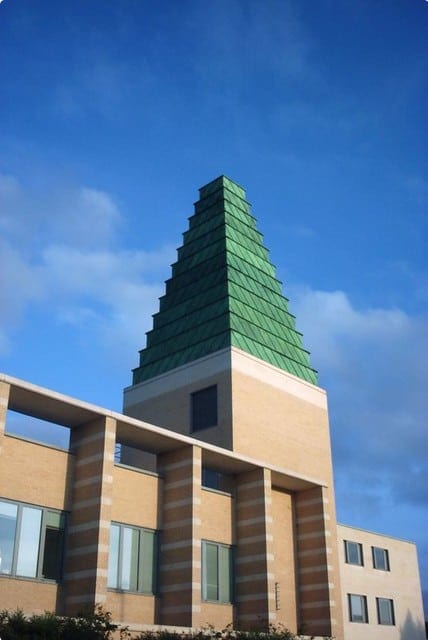
Today, the once confessional university that could have faded from importance is one of the world’s leading universities, praised both for its quality of teaching and its groundbreaking research. It is a centre of academic thought and scientific discovery. It has ranked first in the world in the Times Higher Education World University Rankings for the past three consecutive years. Today, there are more than 24,000 students at Oxford and almost half of them are postgraduates. Every year around 21,500 people apply for around 3,500 places, giving students about a 1/6 chance of receiving a place. Unlike the Oxford of the nineteenth and early twentieth century, the majority of students are from state schools and international students make up over 40% of the student body. Once somewhere you could only study the classics, theology and philosophy, Oxford University now offers more than 350 different graduate degree programmes. The university continues to have an important impact on the city of Oxford. It is the biggest employer in Oxfordshire, providing around 30,000 jobs in the area and injecting over 2 billion pounds a year into the county’s economy.
Thanks to its beauty and grandeur, many parts of the university have been used as filming locations in acclaimed films. Keep your eyes peeled while watching The Italian Job, Harry Potter, The Golden Compass, Saving Private Ryan and X-Men for glimpses of the university.
Oxford Colleges and Their Traditions
While in many ways Oxford has adapted to changing times and updated its curriculum to align with the 21st-century context, in many ways there are aspects of university life that continue to be rooted in the past. For a university as old as Oxford, it makes sense that certain traditions and practices have developed over the centuries and many of those strange rituals endure today. Today, the University of Oxford has 39 colleges and many have their own traditions that you may witness if you spend any time at the University. Here, we outline a few of the odd Oxford rituals that continue to captivate students and visitors alike.
Oxford Time
At Oxford, all university lectures, exams and church survives are scheduled for five past the hour. This is because centuries ago, before the railway system, many of the UK’s towns and villages had their own time, meaning Oxford’s local time was exactly five minutes and two seconds behind Greenwich mean time. Starting classes at five minutes past is a way of recognising Oxford’s past and the Tom Tower, the bell tower atop Christ Church college, tolls 101 times every night at 9:05pm. This was once to signal curfew but today is wrapped up in the tradition of Oxford’s mini timezone.
Formal Hall
Every week or so at Oxford, the colleges host a formal three-course dinner where students must wear formal Oxford attire. The attire differs depending whether you are an undergraduate or postgraduate student but it does involve wearing gowns or frock coats. In a Hogwarts-style setting, students sit on benches at long tables with the college’s fellows presiding over the students from their own ‘High Table’. Punctuality is essential at Formal Hall and there is waiter service.
May Morning
A 500-year old tradition is that of May Morning, where the towns and the gowns (townspeople and students) gather in the street at 6am on the 1st May to hear the Magdalen College Choir singing the Hymnus Eucharisticus, from the top of Magdalen Tower. This is followed by celebrations and festivities, with musical and dance performances in the streets and many pubs and cafes opening early to provide refreshments to revellers. In the 1960s, students began the practice of jumping into the river from Magdalen Bridge and by the 1980s this was seen as part of the annual event. However, the bridge was closed for periods of time after a student was paralysed from doing this in 1997 and when ten were left hospitalised in 2005.
Notable Alumni
Given its reputation it should come as no surprise that many talented men and women have studied or taught at the university during its 800 years of history. Many household names have spent time within Oxford’s walls and among some of the university’s former students and teachers are 55 Nobel Prize winners, 120 Olympic medallists, many international leaders and 28 of Britain’s Prime Ministers.
Here are some of the former students you may recognise:

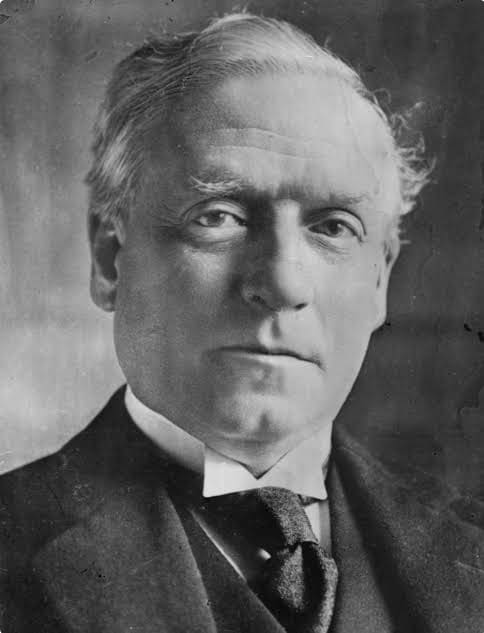



Today, Oxford retains its medieval charm and historical allure. An inspiring and fascinating city, with beautiful architecture, plenty of great British pubs, riverside walks and amazing stories of the past, there is much to love about Oxford. Outside of Oxford, you will find some lovely hidden villages to explore in the county of Oxfordshire. In contrast to Oxford’s spires and grand colleges, the villages around the city are filled with thatched-roof cottages and quaint gardens.
If you’re interested in discovering this university city, check out our Odyssey Gardens of Britain tour or our Agrarian and Industrial Britain tour, that both visit Oxford. There is also a walking tour of Ancient Britain that may be of interest to you. Odyssey’s small group tours are fully escorted –accompanied for the whole tour by an Odyssey Program Leader with local guides – and are especially designed for senior travellers.
Updated September 2021Related Tours
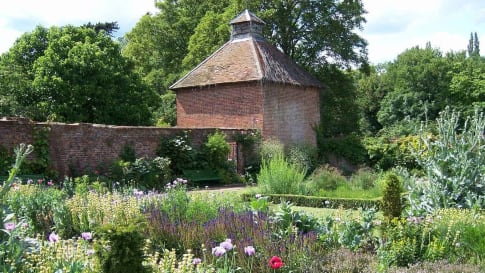
16 days
JunBritish Gardens Small Group Tour including Chatsworth RHS show
Visiting England, Scotland
From A$16,895 AUD
View Tour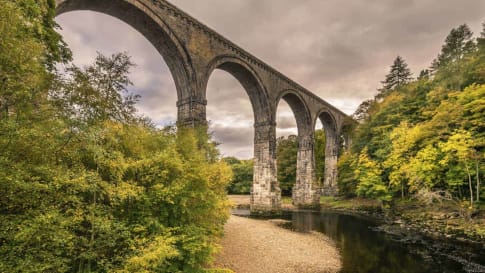
23 days
Oct, Apr, SepCanals and Railways in the Industrial Revolution Tour | Tours for Seniors in Britain
Visiting England, Scotland
A small group tour of Wales, Scotland & England that traces the history of the journey that is the Industrial revolution. Knowledgeable local guides and your tour leader share their history with you on this escorted tour including Glasgow, London, New Lanark & Manchester, Liverpool and the Lake district.
From A$17,860 AUD
View Tour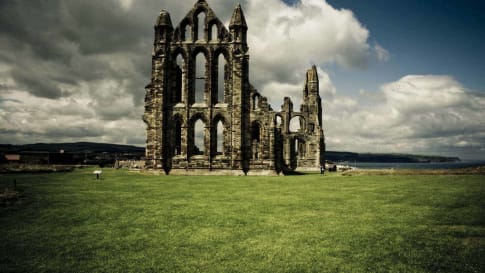
22 days
Sep, JunRural Britain | Walking Small Group Tour
Visiting England, Scotland
A walking tour into England, Scotland and Wales provides small group journeys with breathtaking scenery to destinations such as Snowdonia national park , the UNESCO world heritage site Hadrians wall and the lake district. each day tour provides authentic experiences often off the beaten path from our local guides.
From A$15,880 AUD
View Tour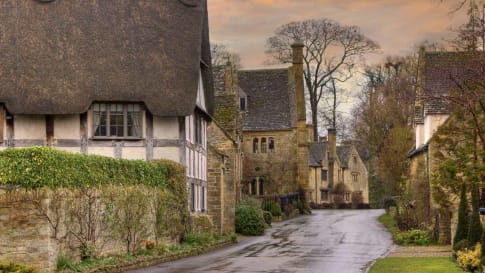
19 days
Jun, SepEngland’s villages small group history tours for mature travellers
Visiting England
Guided tour of the villages of England. The tour leader manages local guides to share their knowledge to give an authentic experience across England. This trip includes the UNESCO World heritage site of Avebury as well as villages in Cornwall, Devon, Dartmoor the border of Wales and the Cotswolds.
From A$16,995 AUD
View Tour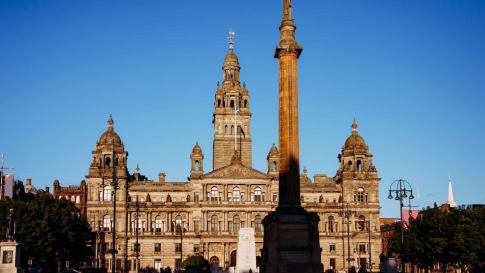
From A$13,915 AUD
View Tour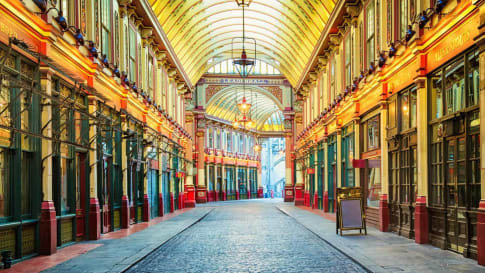
21 days
Sep, JunQueen Victoria's Great Britain: a small group tour
Visiting England, Scotland
A small group tour of England that explores the history of Victorian Britain. This escorted tour spends time knowledgeable local guides with travellers in key destinations in England and Scotland that shaped the British isles in this period including a collection of UNESCO world heritage locations.
From A$15,880 AUD
View TourRelated Articles
England's Liverpool: Port City, Architecture Marvel
Article for educational small group tours about the Port City of Liverpool. An Architecture Marvel from Georgian times, built on trade, some good, some horrific. Read and learn more before joining a tour for senior couples and mature solo travellers interested in culture, learning and the arts.
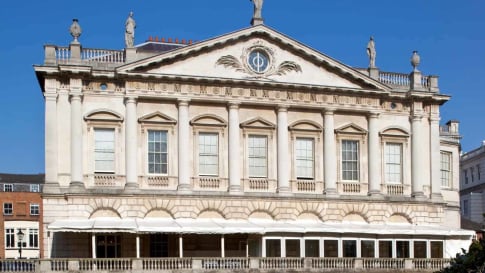
Georgian Style of Architecture: Definitive Guide for Seniors
Article to provide the senior couple or mature solo traveler with an appreciation of the influence of Georgian Architecture in Britain when on a small group educational tour.

Industrial Revolution. Britain's contribution to the world
Britain and the industrial revolution. A progressive period that spanned Queen Victoria's period. Small group package tours for mature and senior travellers explore this fascinating period of history across England and Scotland and key cities such as Manchester, Liverpool, Newcastle and Glasgow.

Medieval British Village Life: The Definitive Guide for Seniors
Life in the Medieval British Village In a previous article, we looked at the icons of the British village–the pub and the cottage–and looked at their history and evolution from Roman and Norman times. In…

Questions about England
Escorted small group tours for mature and senior travellers to England. Designed for couples and solo travellers who like to explore and enjoy learning as they travel to Devon and Cornwall, Manchester or Newcastle, or learn about English villages and the romanticism of the Lake district and beyond.
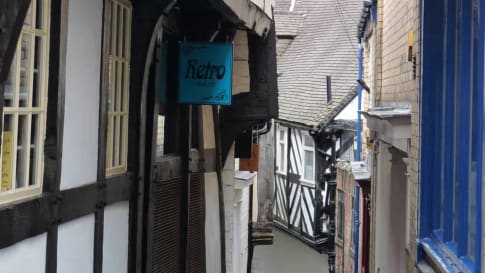
Shrewsbury, England
Article about Shrewsbury for senior couples and mature solo travelers joining an escorted small group tour in England or Britain. Learn about medieval Britain and the industrial revolution in this town.

Stratford Upon Avon
Stratford upon Avon is associated with William Shakespeare and his writing. Did he travel to Venice and across Europe or listen to the stories of travellers? Stratford as well as the Globe theatre, London are discovered in articles and on a small group tour for senior couples and mature solo travellers in England each year.

Studying Gargoyles and Grotesques: The Definitive Guide for Travellers
Article to support world travellers since 1983 with small group educational tours for senior couples or mature solo travellers interested in British and European history.

Touring England's villages
Touring England’s villages For many travellers, London is synonymous with England. This lively, cosmopolitan capital is a must see, of course, but there is more to England than booming cities and industrial centres. Instead, what…




